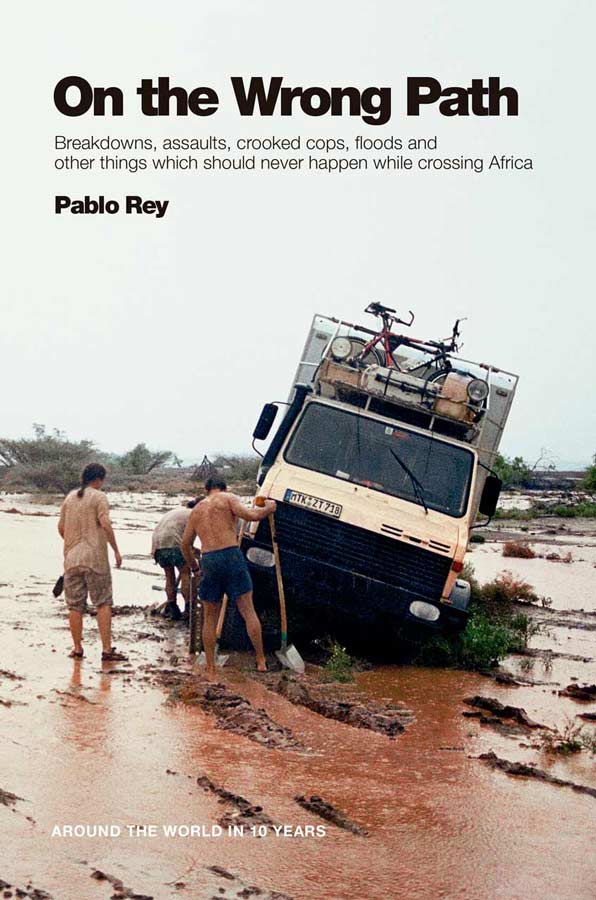Diego Rivera: a cool, rebel, fat guy with high-pitched voice
It couldn’t be true. God had lost again a piece of the puzzle and had filled Diego’s DNA with whatever he had on hand. Who knows which box He had been searching, but a tiny thin man would had been mute. That voice explaining the history of the mural ‘Carnival of Mexican Life’ in the audio-guide of the Palacio de Bellas Artes of Mexico City, could not be coming out from Diego Rivera’s mouth.
It was impossible.
Diego Rivera was an elephant on two legs who married the most fragile woman of the world, Frida Kahlo, and that high-pitched childlike voice was going up and down like in the old movies of Pancho Villa. Diego travelled thru time and get into my ears with a tone that destroyed all logic. He was explaining something simple and humane: he painted that particular mural on several racks because he suspected that the big boss, and owner of the big hotel who hired him, would not like it.
And he was right. There was too much social criticism: a soldier with a pig face, a new Nazi-English-North American flag, a journalist with a donkey face, a fat smiling bishop and an ordinary man made of straw.
‘I guess he was saying I paint what I want’, I repeat in front of the mural. After that, I changed the word paint for write. Maybe that’s why I like Diego Rivera so much; at the end is a matter of attitude.
The only thing that was clear to Diego Rivera was that he didn’t want his mural to be destroyed, as had happened to “The Man on the Crossroad” in New York, when Mr. Rockefeller ordered its demolition because it showed Lenin’s image. It was too much Communism in the heart of Capitalism.
Diego Rivera, the rebel, fat, and cool guy with a high-pitched voice, became the leading exponent of the most important pictorial movement in Mexico: the Muralism. His aim was to educate, bring art to the masses, to the people who was walking down the streets. For him, painting wasn’t only an artistic expression in a gallery. His murals (and those of other Muralists such as Orozco, Siqueiros and Rufino Tamayo) are not only in Mexico City’s navel, but also in other small cities all around the country.
No doubt, Diego Rivera was an agitator. Frida’s paintings are not bad at all; the pain showed in her canvas, her unibrow and her moustache were also a political attitude in a macho sexist society that hasn’t changed much in the last 70 years.
But while Frida’s value has increased with the women’s liberation movement in the late 20th century, Diego’s status has remained where it was. His murals are scattered in public buildings in throughout Mexico.
And that’s another detail I like. Those murals can’t be sold, can’t enter into the art business chain. His artwork is in sight of everyone. An art dealer would have to buy the entire building, not just a painting. And that’s not a good business anymore.
Places in Mexico City where you can see Diego Rivera mural’s
– Museo Mural Diego Rivera, at the end of Alameda Street. Entry a little more than a dollar.
– Palacio de Bellas Artes, on the other end of Alameda Street. Entry about 3 dollars.
– Palacio de Gobierno, Zocalo Square. Free entry.
– SEP, Secretaría de Educación Pública (Ministry of Education), 300 meters from Zocalo Square. More than 100 murals of Diego Rivera. Free entry.
••••


Pablo Rey (Buenos Aires) and Anna Callau (Barcelona) also known as #viajeros4x4x4, have been overlanding the world non stop since 2000 on a 4WD Delica van. They mastered the art of solving problems (breakdowns and police harassment, between them) in far away places, while enjoying their nomadic lifestyle.
They’ve been 3 years driving through Middle East and Africa, between Cairo and Cape Town; 7 years all around South America, and 7 years going to every corner of Central and North America. They crossed the Southern Atlantic Ocean in a fishing vessel, descended an Amazon river in a 6 log wooden raft, and walked with a swiss knife between elephants in wild Africa. On the last two years they started to travel by foot (Pyrenees mountains coast to coast, two months) and motorbike (Asia), with the smallest lugagge possible.
Pablo has written three books in Spanish (one translated in English), many articles to magazines like Overland Journal and Lonely Planet and both are in the short list of the most respected latino overlanders.
¿When will the journey end? It doesn’t end, the journey is life itself.













